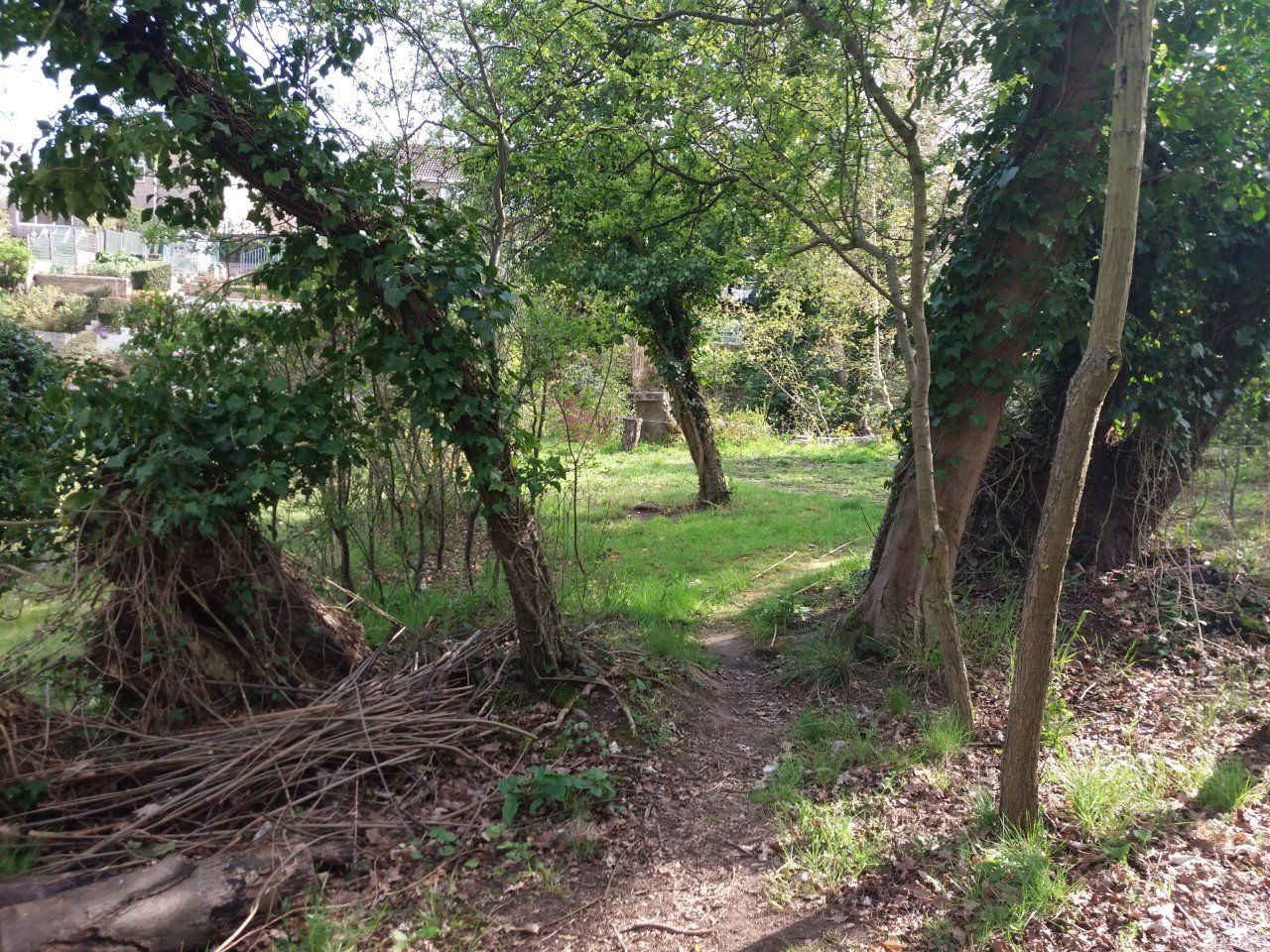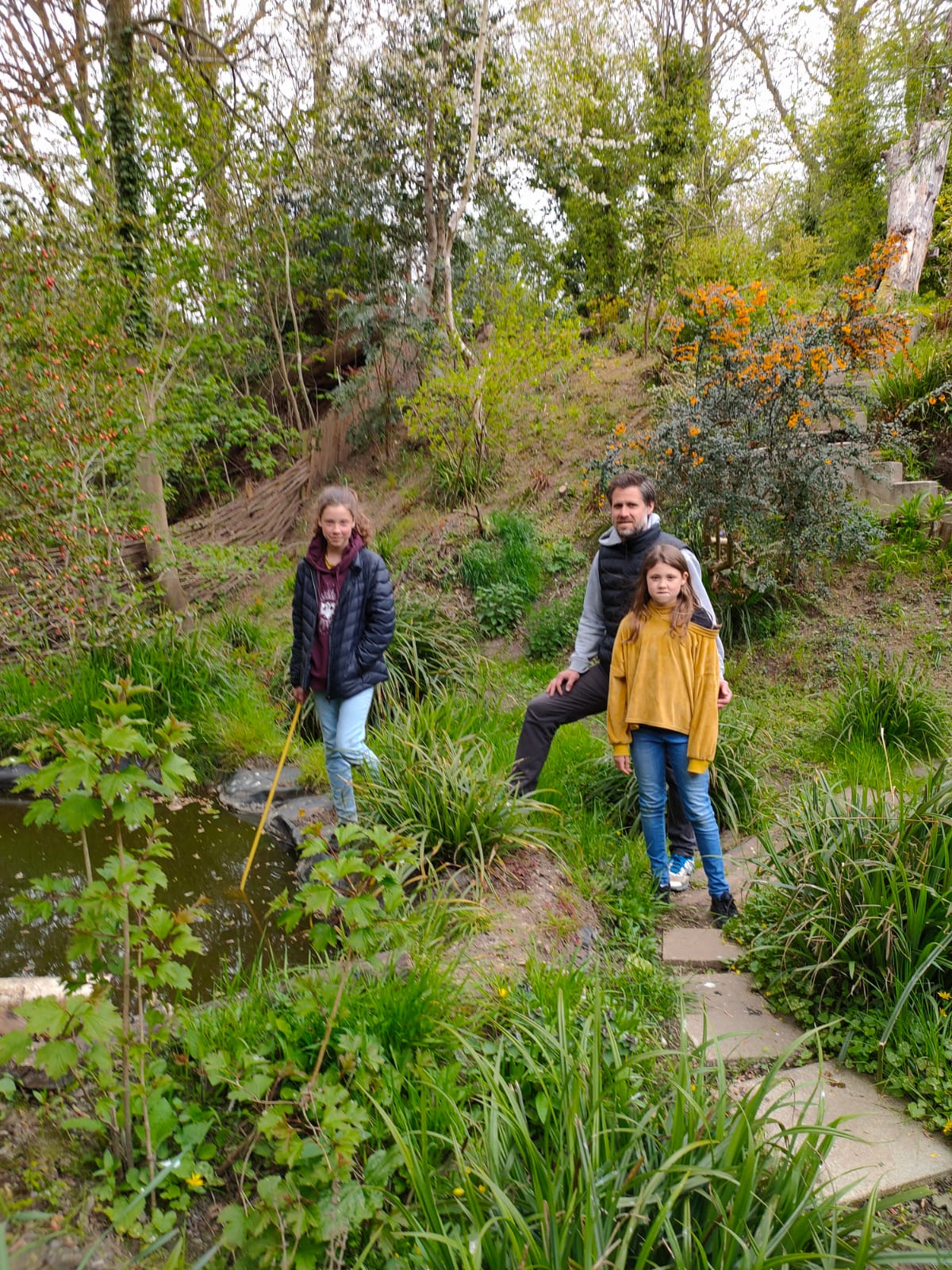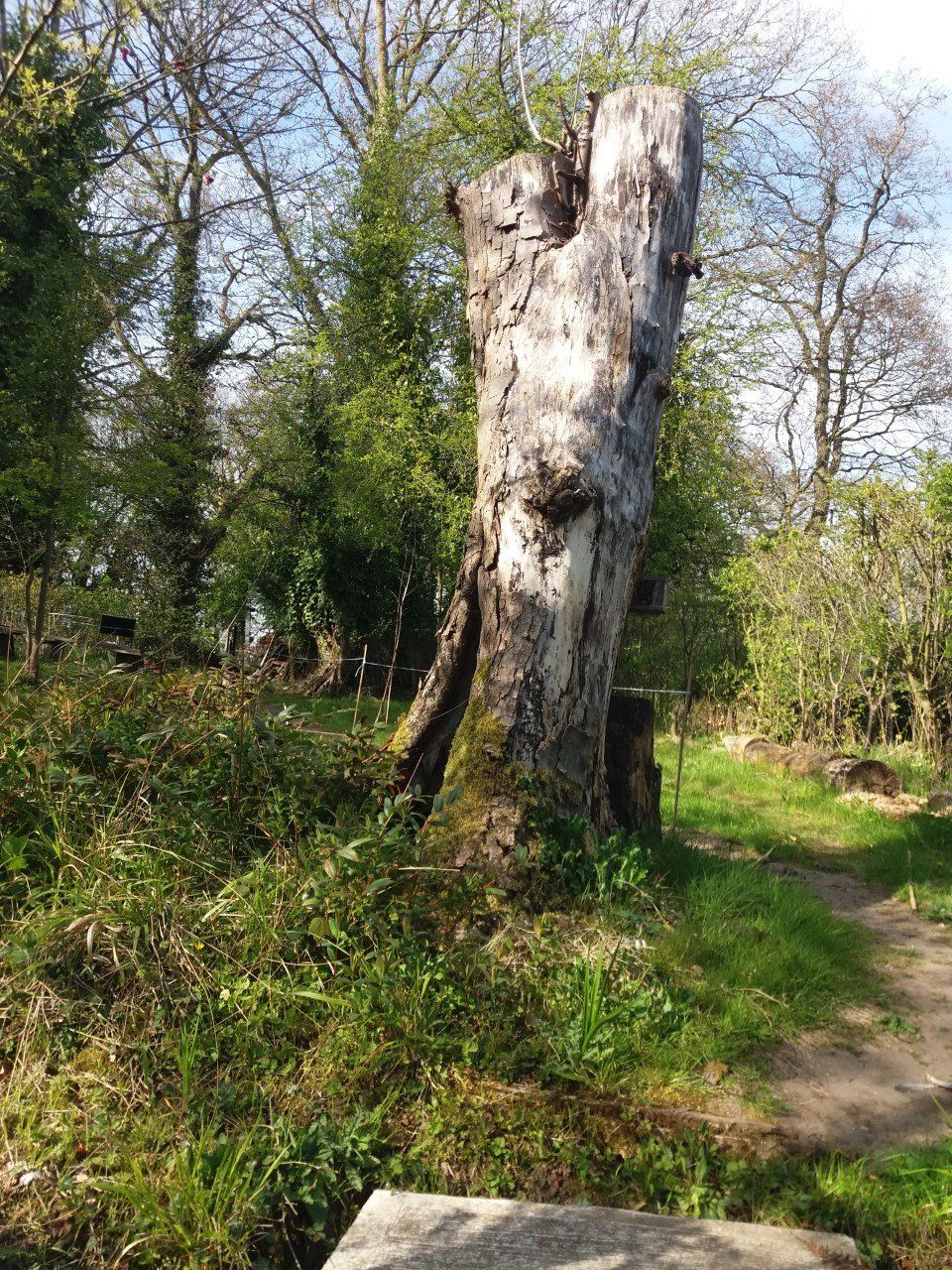Greener Gardens
This past year of lockdowns has led many of us to re-evaluate our relationship with the natural world.
Whatever our situation, wherever we live, we know nature is good for us. One place to start is your garden.
Alex Moore da Luz is a Nature Recovery Officer for the Coast & Heaths and Dedham Vale AONBs.
In this post he describes the joy that comes from creating space for nature, and how wonderful it is to see it return.
As the Nature Recovery Officer for the Coast & Heaths and Dedham Vale AONBs I focus a lot of attention on creating and enhancing habitats on a landscape scale. Making our existing most precious wildlife rich zones bigger, better and more connected to wildlife rich habitats in the surrounding environment will make them more resilient against ever increasing pressures in the future.
I am fully aware we need to think big. The most significant nature recovery gains will be made at landscape scale through partnerships and collaborations between multiple landowners. I am also a staunch believer in the difference everyone can make at home, regardless of the size of their garden or communal space. To benefit from nature’s awe-inspiring wonders and to be truly immersed in it we all need to create homes and habitat for wildlife on our doorstep. To echo WildEast’s mantra, ‘we want to live in a nature reserve – not just visit one!’
Its no secret that so many species of wildlife are really struggling to cope with the rapidly changing world around them and it’s the huge declines that we are seeing in our more common species that is the most alarming. Everyone of us has a role to play in reversing these declines and all of us who care about nature and desperately want to pass it onto future generations in a healthy state simply have to step up and do more. It’s no longer a choice, it’s a must if we want our children to experience nature close at hand.
We hear about many fantastic and inspiring things that nature lovers are doing in their gardens and landholdings to create habitat for wildlife – the WildEast newsletter is a good place to start! However, I challenge you to ask yourself are you doing everything you can? Be brave and take some risks with nature recovery in your garden and you will reap the benefits.
I like to think of my garden in North Essex on the south side of the Stour Estuary as a mini-nature reserve. When I moved in 8 years ago with my wife and two young daughters, we inherited a garden with huge nature potential but lacking many vital features. Slow worms and stag beetles were already present in good numbers, and we had a mix of ornamental flowers and shrubs with some untidy corners and patches of wildflowers trying to gain a foothold. Although I’ve made some mistakes along the way I knew the garden could be transformed in the years ahead and I’ve been delighted to see the formation of a wild garden, the majority of which now only contains native species of trees, shrubs and wildflowers.
Only a handful of ornamental shrubs and flowers still remain which are particularly popular with pollinators. I’ve never quite understood the mad rush to ram our gardens full of ornamental plants because in my eyes wildflowers and shrubs are at least equal aesthetically (more so in many cases), they are free and they don’t cause huge problems in the wider environment when they extend beyond garden boundaries like many ornamental plants do.
Whilst some of the changes I made to the garden were more substantial such as replacing fences with mixed native hedges and converting a small concrete patio into a veg garden, other changes have been much more subtle and gradual. The creation of a garden pond has helped immensely to increase insect life and amphibians. Incorporating dead wood into your garden in various forms is one of the most favourable things you can do to support a multitude of different insects and fungi.
Certainly, one of the most valuable wildlife features in my garden is a standing dead sycamore stump which is absolutely brimming full of insects and fungi. One of the smallest species of bee in Britain (the small scissor bee) takes up residence in old woodworm holes in the stump alongside holes occupied by leafcutter bees. No branch, twig, or fallen leaf has ever been removed from the garden, they are all recycled within it. Logs are stacked in piles of various shapes and sizes, some partially buried in the soil to help stag beetles, others stacked around the pond for amphibians to hide away under.
Although difficult for some people to get accustomed to, bare earth is another vital feature in the garden which will benefit many burrowing bees and other insects. Vertical banks of bare earth are very effective along with patches of bare earth in a meadow or (if you’re feeling really brave) in the lawn. And so importantly, break free from our stifling custom of keeping a short-mown lawn in your gardens. A regularly mown lawn is so unimaginative, severely wildlife deprived and quite frankly – boring!
Be creative with your lawn, allow sections to grow to different heights, maintain shortly mown areas within it such as beautifully meandering pathways and areas to sit on sunny days. The contrast between short mown areas with longer grasses and wildflowers is so pleasing on the eye and it will be a jungle of insects and pollinators that will brighten up your garden immensely. You only see the true beauty of grasses when they are allowed to grow and set seed.
Alex Moore da Luz
Nature Recovery Officer (Coast & Heaths and Dedham Vale AONBs)
For information on nature recovery volunteering opportunities please visit:
https://www.suffolkcoastandheaths.org/volunteering/
https://www.dedhamvalestourvalley.org/voluteering/
Email: schaonb@suffolk.gov.uk
WildEast Blog

Powered by LocaliQ
Follow Us
SIGN UP FOR NEWS & UPDATES
Newsletter Sign Up
Thank you for signing up to our newsletter.
Please try again later.
Privacy / Terms & Conditions / Sitemap



